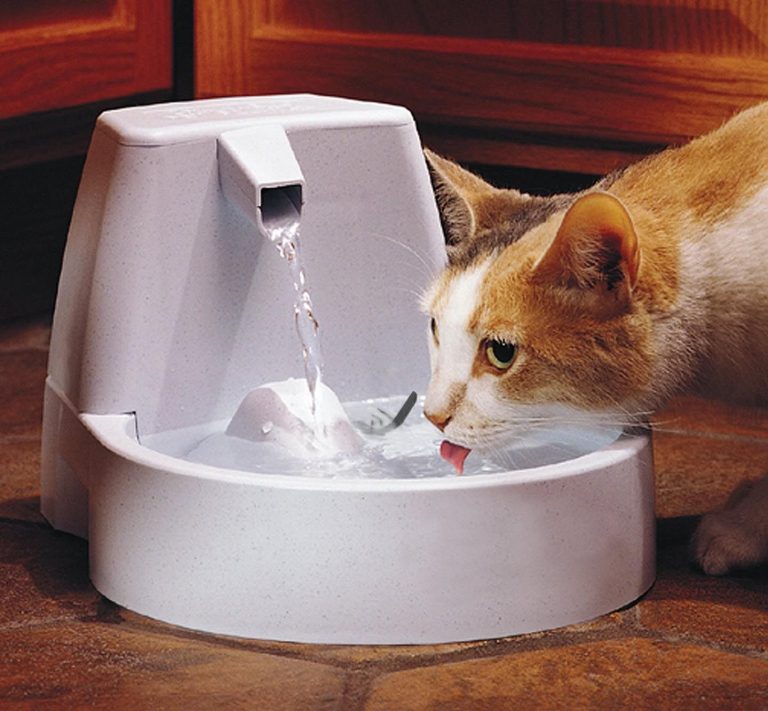The Fundamental Duties of a Lifeguard: Shielding Aquatic Environments
Ensuring Public Safety and Prosperity
At the center of a lifeguard’s responsibilities lies the focal duty of ensuring public safety and thriving in aquatic environments. Whether stationed at a clamoring beach, a quiet poolside, or an excited water park, lifeguards are the vigilant guardians who vivaciously screen swimmers and water exercises to perceive potential risks and act quickly in emergencies.
Quick Response to Emergencies: A Lifesaving Skill
A lifeguard’s training equips them with the crucial skill of quick response to emergencies. Whether it’s a drowning incident, a surprising injury, or a health related emergency, lifeguards are trained to answer quickly and truly, regularly being the first line of defend among life and setback.
Constant Vigilance: Eyes on the Water
Maintaining constant vigilance is a foundation of a lifeguard’s role. With unfaltering tender loving care, lifeguards check the water regularly, staying alert for any indications of trouble, dangerous behavior, or potential hazards that might think twice about safety of swimmers and guests.
Authorizing Safety Rules: Upholding Order and Security
Implementing safety rules isn’t simply a duty however a responsibility lifeguards treat in a serious way. This includes ensuring that swimmers comply with pool guidelines, like no making a plunge shallow areas, no running on wet surfaces, and respecting limit cutoff points to prevent overcrowding and potential hazards.
Conducting Preventive Measures: Proactive Safety Measures
Lifeguards participate in proactive measures to prevent emergencies and limit risks. This incorporates educating general society on water safety practices, giving demonstrations on proper swimming techniques, and conducting regular reviews of pool facilities to address any potential safety concerns.
Performing Rescues: Quick Action in Crucial points in time
In crucial points in time of emergencies, lifeguards are trained to perform rescues with precision and productivity. This might include utilizing rescue equipment, for example, floats, arriving at posts, or utilizing life-saving techniques like CPR and first aid until professional clinical assistance shows up.
Successful Communication: Lucidity Saves Lives
Clear and successful communication is principal for lifeguards. They should pass on safety directions, emergency protocols, and significant data to swimmers and guests, as well as team up flawlessly with individual lifeguards, supervisors, and emergency administrations when vital.
Equipment Maintenance: Keeping Apparatuses Prepared
Maintaining and reviewing rescue equipment is a fundamental part of a lifeguard’s responsibilities. This ensures that all rescue devices, from life coats to defibrillators, are in ideal working condition, fit to be conveyed in emergencies right away.
Regulating First Aid: Prompt Care for Injuries
Lifeguards are trained to regulate first aid immediately and really. From getting minor injuries giving beginning clinical help with emergencies, their knowledge and quick response can make a massive difference in ensuring the prosperity of people.
Educating General society: Spreading Awareness
Some portion of a lifeguard’s role is to teach general society about water safety practices. This incorporates conducting safety directions, conveying educational materials, and sorting out workshops or courses to bring issues to light about drowning prevention and safe aquatic behaviors.
Team Collaboration: Strength in Solidarity
Lifeguards frequently work as a feature of a team, requiring successful collaboration and teamwork. They should facilitate duties, answer emergencies on the whole, and offer common help to keep a free from any potential harm aquatic environment.
Continuous Training and Certification: Lifelong Learning
To succeed in their roles, lifeguards go through continuous training and certification. Lifeguard certification programs cover essential subjects, for example, water rescue techniques, CPR, first aid, and emergency response protocols, ensuring that lifeguards are constantly prepared to deal with any circumstance.
Professional Development: Staying Updated
Taking part in continuous professional development is key for lifeguards to remain updated with the most recent safety standards and techniques. This might incorporate going to supplemental classes, taking part in reenacted rescue situations, and staying side by side of industry best practices.
Community Engagement: Building Associations
Lifeguards play an imperative role in community engagement by taking part in water safety events, collaborating with schools and associations, and promoting drowning prevention awareness missions to construct a more secure and more educated community.
Lawful Responsibilities: Upholding Standards
Lifeguards additionally have legitimate responsibilities to uphold. This incorporates following safety protocols, precisely recording incidents and rescues, ensuring compliance with local guidelines, and maintaining an elevated requirement of professionalism and ethical conduct consistently.
The Role of the American Lifeguard Association
In the domain of lifeguarding, the American Lifeguard Association (ALA) remains as a noticeable association that gives lifeguard certification, training, and educational resources. ALA-certified lifeguards go through thorough training and uphold the best expectations of safety, making them exceptional to deal with aquatic emergencies and shield lives in assorted aquatic environments.






